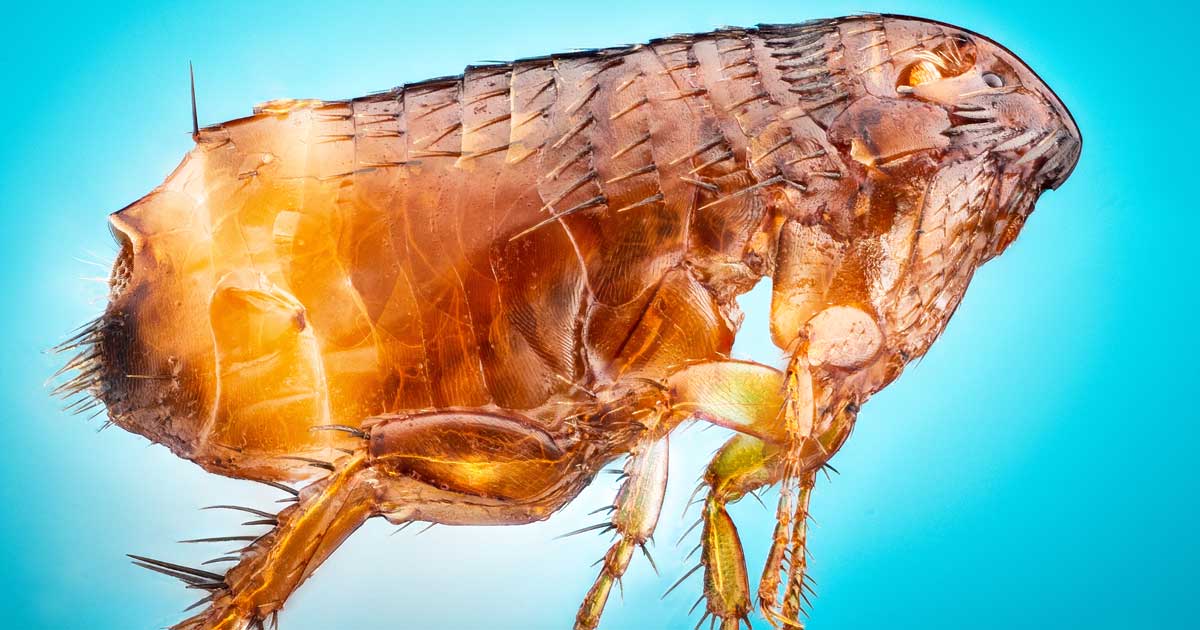2 Mar 2021
Flea control breakdown

Image: © constantincornel / Adobe Stock

Fleas are thriving on UK pets, with results from The Big Flea Project showing 28.1% of cats and 14.4% of dogs to be infested (Abdullah et al, 2019). This is a concern as flea infestations are a source of diseases with both veterinary and human medical significance.
Although cat fleas cannot live and reproduce on people, they can bite, leading to human irritation. They are also a source of revulsion, eroding the human-animal bond. They are a cause of flea allergic dermatitis, anaemia in heavy infestations, and vectors for a variety of infections including Bartonella species (the cause of cat scratch disease) and Rickettsia felis – both of which are zoonotic.
Centrally heated homes, wildlife reservoirs and a milder climate are allowing potential year-round exposure for all UK cats and dogs. Year-round flea prevention is, therefore, vital to reduce disease risk and maintain a strong, healthy relationship between pet and owner.
A recent paper, though, has demonstrated that adequate flea control is not being achieved, even when preventive treatments are used. The study found overall, only 23.6% of the cats and 35% of the dogs inspected for fleas had been treated with flea products that were still in the time period post-application that they had licensed efficacy for. However, even some of the treated cats and dogs still had fleas, including 62% of cats and 45% of dogs that had been treated with a fipronil-based product (Cooper at al, 2020).
This raises the question of whether resistance to fipronil and other insecticides is causing flea control breakdown in these cases or whether other factors are at work.
Essential steps in flea control
To establish why flea control may be failing in these cases, the essential steps in effective flea control need to be considered.
The most important aspect of flea control is to ensure adult fleas are killed on the pet before they can initiate egg production. Treatment of the environment with insect growth regulators, environmental insecticides, hot washing of bedding and daily vacuuming is also important to reduce environmental flea life stages. For effective flea control to occur, an effective flea adulticide must therefore be chosen alongside comprehensively treating the environment.
Conclusions
Flea control is important both in terms of pet and human health. Year-round flea control remains essential to avoid flea-associated disease and to achieve this, all aspects of control are considered.
When flea control appears to fail, it is vital to consider all the reasons that this might be, including, but not limited to, resistance. Only when all other factors have been addressed should flea resistance be considered as a possibility and investigated.
If other factors are not considered and resistance incorrectly blamed then control may continue to not be achieved, even if the flea product used is changed. This is likely to lead to frustration on the part of the client and an increased risk of non-compliance. It is also likely that flea control is lost due to a variety of factors in any given infestation, and that flea resistance and the other factors described are not mutually exclusive.
